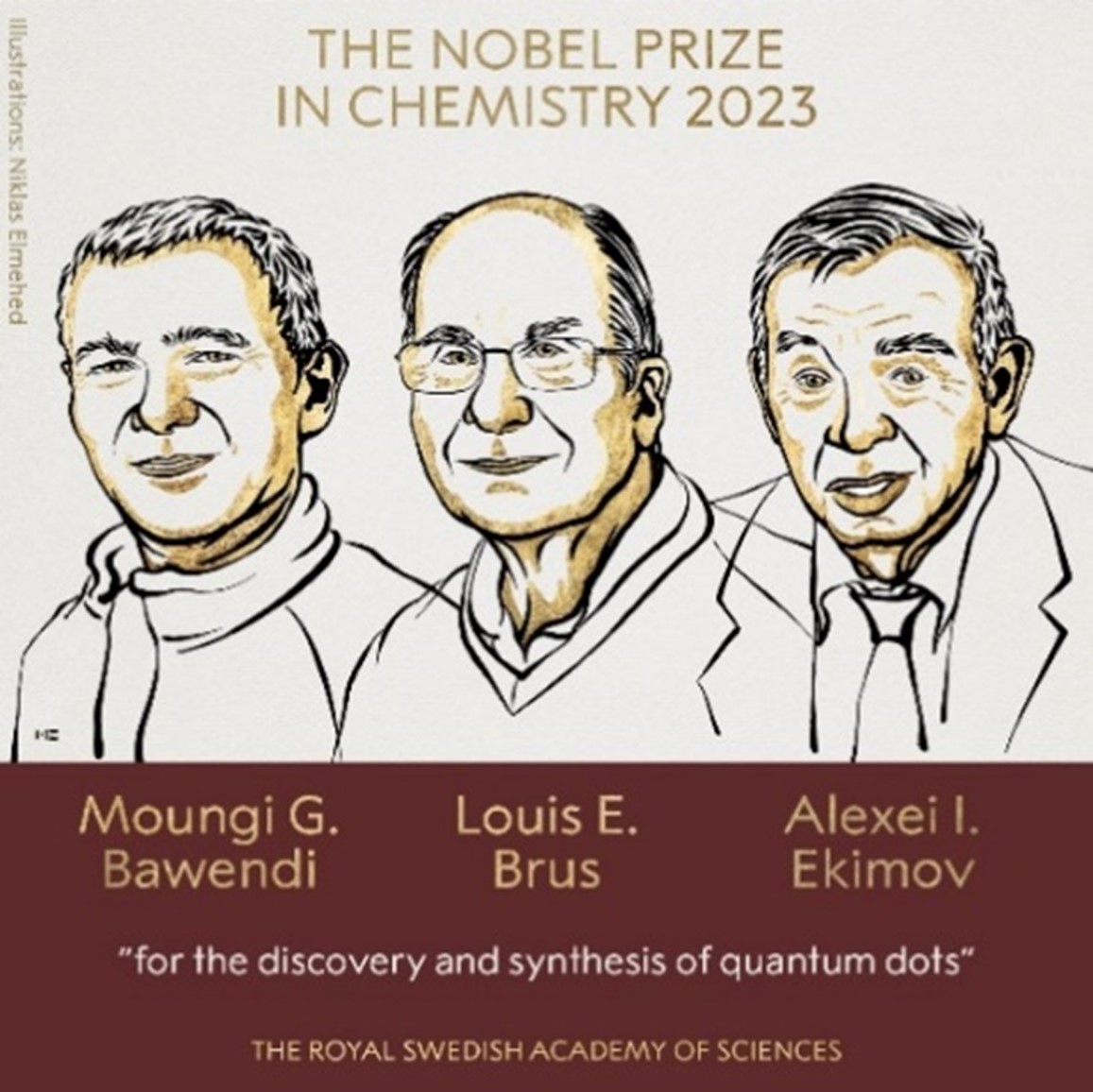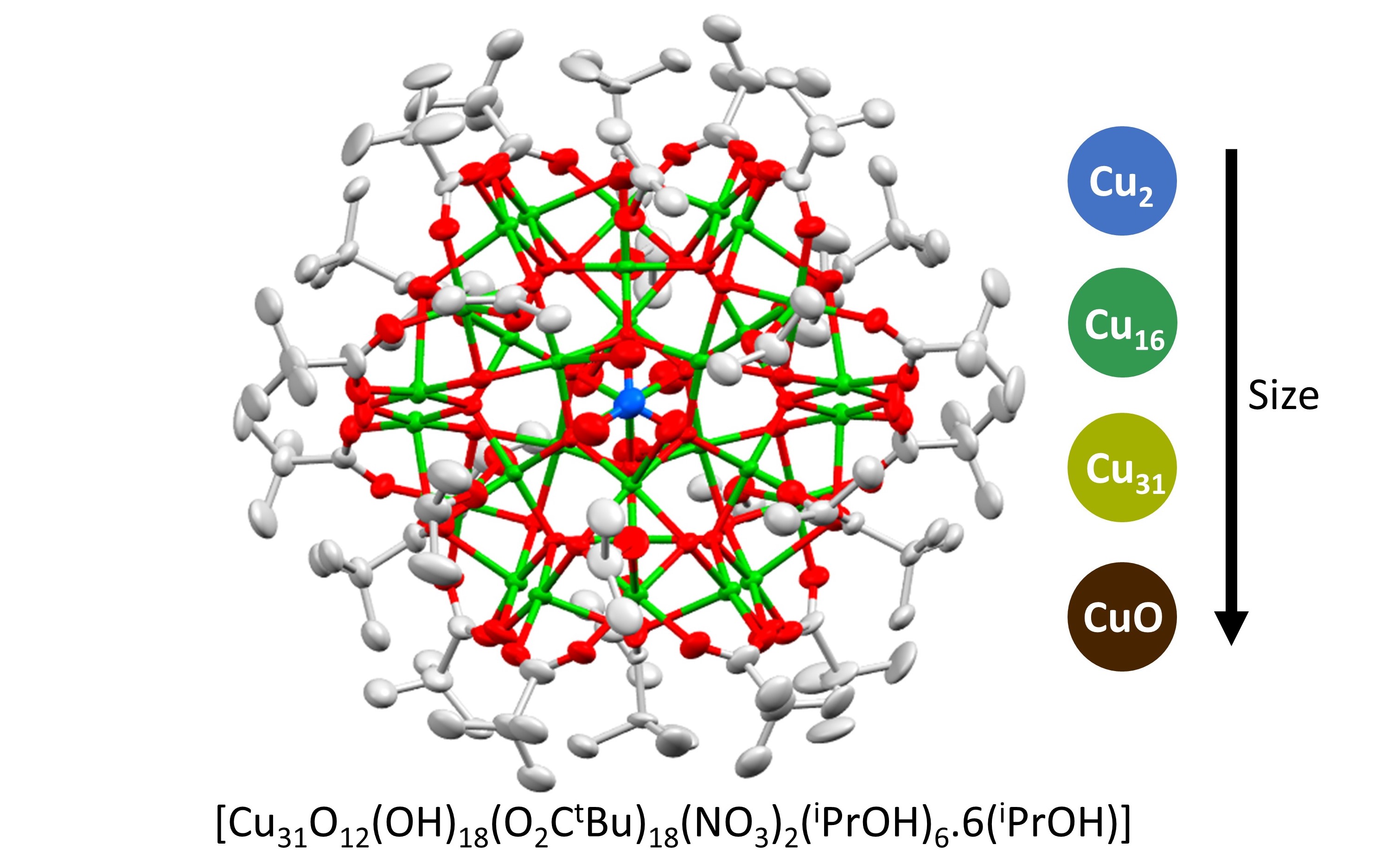2023 Nobel Prize in Chemistry: Dr Seb Pike Comments

Dr Sebastian Pike comments
on the Nobel Prize in Chemistry 2023
In the first week of October 2023 the Nobel Prize in ChemistryLink opens in a new window was awarded for the discovery and synthesis of quantum dots – small nanoparticles of semiconducting materials with size-dependent properties.

These discoveries have provided us with new types of television screens and LED lighting, and, importantly, have shown that the properties of materials can be changed by altering their particle size. This is a fundamentally exciting concept – if the properties of a material can be altered, they can be optimised for a specific purpose. Typically, quantum dots are associated with size-dependent colours. This is very useful in creating a light source or electronic display with perfect colour tuneability. Here at Warwick my research Group, in the Department of Chemistry, studies how size effects can control the frontier orbital energies of materials – this is very important for designing new materials which can harvest sunlight and then use this energy (in the form of excited electrons) to perform chemical reactions. With this, we aim to make new optimised materials for turning sunshine into chemical fuels,
Just like Ekimov’s pioneering work on quantum size effects in copper(I) chloride, our group has studied copper-based materials, but we have investigated wider band-gap oxide materials such as copper(II) oxide. These oxides tend to show quantum size effects at even smaller sizes than the metal chloride and sulfide materials which were awarded the Nobel prize. This means we must design even smaller systems, somewhere around the 1-2 nm size range, to observe size-effects. At this size we are now dealing with molecular structures, which, usefully, have perfectly defined structures that can be probed using X-ray crystallography (Figure 1). We are discovering quantum size effects in our ultrasmall oxide systems (which we call metal-oxo clusters).1 Excitingly, ultrasmall copper oxide nanoparticles have very recently been shown to promote the oxidation of water under visible light2 – a key reaction in making sustainable fuels using sunlight – remarkably, this is impossible with bigger particles of copper oxide, highlighting how important, and useful, quantum size effects can be!

X-ray crystal structure of a 1.5 nm copper-oxo cluster1
- https://pubs.rsc.org/en/content/articlelanding/2022/cc/d2cc05478g
Barnes, T. J.; Payne, J.; Pike, S. D., Chem. Commun. 2023, 59 (1), 59-62. - https://onlinelibrary.wiley.com/doi/10.1002/anie.202213762
Kumar Tiwari, C.; Roy, S.; Tubul-Sterin, T.; Baranov, M.; Leffler, N.; Li, M.; Yin, P.; Neyman, A.; Weinstock, I. A., Angew. Chem. Int. Ed. 2023, 62 (10), e202213762.
